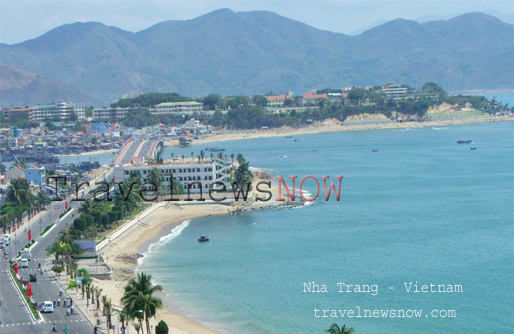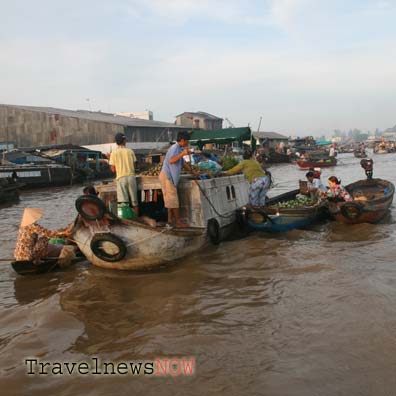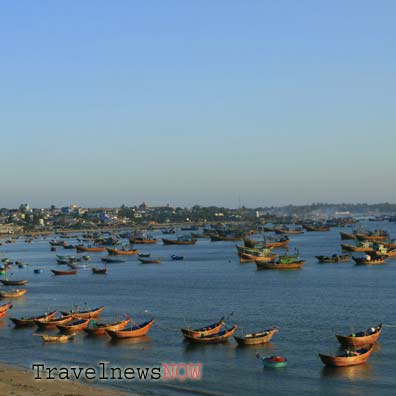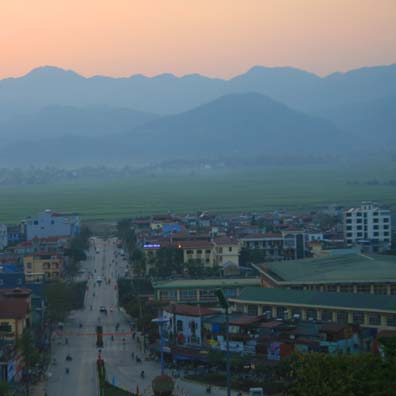Hoi An Holiday Weather today
Date/time of update: April 1, 2025, 12:59 am, Timezone: GMT+7
Overcast Clouds
Temperature: 21.98°C
Temperature feels like: 22.19°C
Minimum Temperature: 21.98°C
Maximum Temperature: 21.98°C
Atmospheric pressure: 1017hPa
Humidity:75%
Visibility: 10000m
Wind speed: 2.11m/sec
Wind Direction: 287 degrees
Cloudiness: 100%
Sunrise: 2025-03-31 10:41:50
Sunset: 2025-04-01 10:59:01
Hoi An has a tropical monsoon climate with two seasons per year: dry season from late February through July, rainy season from late August through January. From December through January, Hoi An experiences relatively cool temperatures (18-22oC) and from April to August, sometimes September, Hoi An has hot temperatures (29-40oC).
Travel Guide to Hoi An Weather
The characteristics of Hoi An climate includes: no real cold winter, high temperatures, lots of rain with annual rainfall of approximately 2,500mm. The climate in Hoi An is shaped up and influenced by the geographical location, the topographical relief and the monsoons. There are high mountain ranges to the north, northwest, west and southwest of Hoi An.

Old Town of Hoi An, Vietnam
The high mountain ranges to the north helps to weaken the cold Northeasterly Monsoon during the rainy season. While this monsoon causes a real winter in the North and North of the Central Coast, it only makes the temperatures in Hoi An mildly chilly.
The high mountain ranges to the west of Hoi An makes the feuhn wind (Southwesterly Monsoon) drier and hotter during the dry season in Hoi An. This makes the constant high temperatures in the dry season. It is good to know that there are short-lived showers accompanied by thunderstorms during the dry season in Hoi An which is caused by the pleasant and humid Southeasterly Monsoon blowing inland from the sea.
The dry weather in Hoi An is because of constantly strong Southwesterly Wind. The strong Southwesterly Wind is dry and hot which often causes heat strikes in Hoi An during the dry season from April through July, sometimes August.
The rainy season in Hoi An is attributed to the cool Northeasterly Monsoon. While this wind has been weakened and does not make the temperatures cold it causes rains in Hoi An. There are high mountains to the west of Hoi An which blocks the wind accumulating clouds. This means long-lasting torrential rain in the rainy season and cooler temperatures.
From October through November, sometimes December, Hoi An may be affected by tropical depressions or typhoons. It may rain for several days when affected by a typhoon or tropical depression which may cause floods in Hoi An. Hoi An is a coastal town with the altitude as high as sea level, torrential rains combined with strong winds and high tides make it really bad floods in the Old Town of Hoi An.
Temperatures in Hoi An by month
- January: some sun, clouds, some rain, 17-31oC.
- February: dry, sun, clouds, pleasant temperatures, 18-29oC.
- March: dry, sun, clouds, pleasant temperatures, 23-30oC.
- April: dry, sun, warm temperatures, 24-35oC.
- May: dry, sun, some short-lived rain, hot temperatures, 25-38oC.
- June: dry, sun, hottest temperatures, some short-lived rain, 28-39oC.
- July: dry, sun, hottest temperatures, 28-38oC.
- August: dry, sun, t-storms, some rain, hot temperatures, 26-38oC.
- September: little sun, clouds, rains, pleasant temperatures, 24-35oC
- October: some sun, often torrential rains, sometimes possible typhoons, pleasant temperatures, 22-32oC.
- November: often torrential rains, cold temperatures, 22-29oC.
- December: some sun, often rains, cold temperatures, 16-28oC.
The best time to visit Hoi An
The best time to visit Hoi An is from late January through April during which it is fairly dry weather with sun and with pleasant or more tolerable temperatures. Visiting the famed Old Town of Hoi An is best during this time given the pleasant air and old atmosphere. In March and April, the temperatures are warm enough for you to have great beach breaks on the several pristine beaches in Hoi An.
If you plan for a family beach vacation, then the best time is from March through July. The sun may be very strong from May through July which makes it not possible to go to the beach at mid day though. During this time you’ll love the turquoise sea water and wonderful photos of the blue sky and blue sea, white sand.
Due to climate change that there are some fabulous days in August and September when it is transitional time between the two seasons. Prices for tourist services are much lower in the rainy season than in the dry season which may attract budget-minded travelers.























